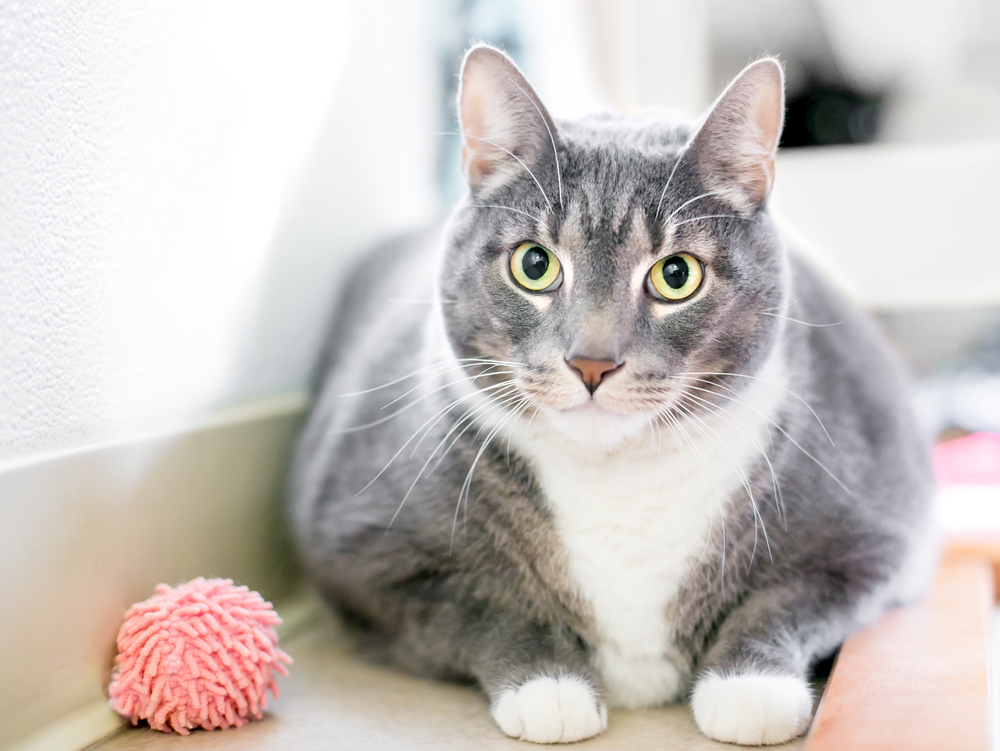Living with a Dog or Cat with Diabetes: Tips for Managing Their Health
Diabetes is a disease that occurs when the body cannot properly process glucose. While glucose is vital to powering the cells, if not properly regulated, it can lead to significant health issues. In fact, untreated diabetes in pets can lead to organ failure, blindness, coma, and in extreme cases, death. Luckily, with proper management, a dog or cat with diabetes can live a relatively normal (and healthy) life. Here are some tips on how to keep your pet’s diabetes at bay:

Diabetes in Dogs
Dogs dealing with this illness, called diabetes mellitus, often present in one of two types. These are:
- Insulin-deficiency diabetes: This occurs when your dog does not produce enough insulin, which means his body cannot properly deliver glucose. This is the most common type of diabetes in dogs, and occurs when the pancreas is not functioning properly. Dogs who do not produce enough insulin will need daily shots.
- Insulin-resistance diabetes: This type of diabetes occurs when the body does produce insulin, but the body is not utilizing it properly. Older dogs (or obese dogs) are the most likely to experience this kind of diabetes. Female hormonal changes—like pregnancy can cause temporary diabetes in dogs.
Managing Diabetes in Dogs
If your dog has been diagnosed with diabetes, work closely with your veterinarian to get the best treatment suggestions for your dog. In most cases a combination of diet, medication, and exercise can help.
- Diet: Your veterinarian will recommend a prescription diet that helps your dog properly absorb glucose. This often includes a combination of protein, fiber, and complex carbohydrates. It is important to follow your vet’s diet recommendations for diabetes in dogs.
- Exercise: Physical activity can help ensure that your dog’s cells get the glucose they need.
- Medication: If your dog needs insulin injections, you will need to be trained on how to safely administer them daily. Work with your veterinarian to find out the best way to get your dog the insulin he needs.
Diabetes in Cats
Diabetes presents a little differently in our feline friends. Type II diabetes is the most common kind found in cats, and it is almost always brought on by obesity. Even just three pounds of extra weight on a feline frame can put the animal at risk for obesity-related diseases like diabetes.
Managing Diabetes in Cats
Cats with type II diabetes will need insulin injections to manage the disease. They require similar attention as dogs with diabetes, with a few key differences, including:
- Diet: Unlike dogs with diabetes, diabetic cats should eat a diet that is high in protein and low in carbohydrates. Too many carbohydrates can make it harder for a cat’s body to regulate both glucose and insulin.
- Exercise: Losing weight can significantly improve a diabetic cat’s health. Try to encourage your cat to exercise for at least a few minutes each day.
- Insulin injections: Most diabetic cats will require insulin injections—especially when they are first diagnosed. It might take a little bit of time to find the right dosage amount for your cat, so it is important to be patient. Your vet can also help you monitor your cat’s weight and blood sugar levels.
Dogs and cats with diabetes require some attention, but these animals can still live long, relatively healthy lives, and live for many years. With the help of the talented team at OVRS (and our helpful resources), you can help your pets stay healthy. To learn more, please call (248) 334-6877.


